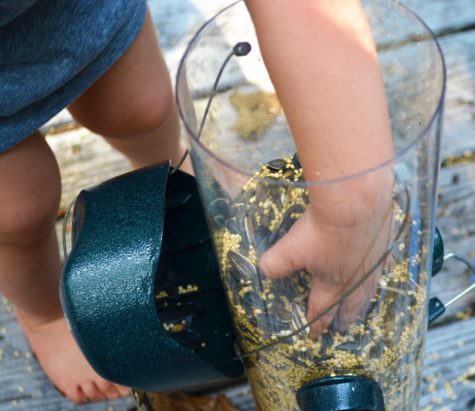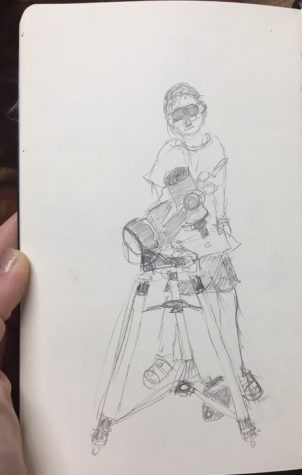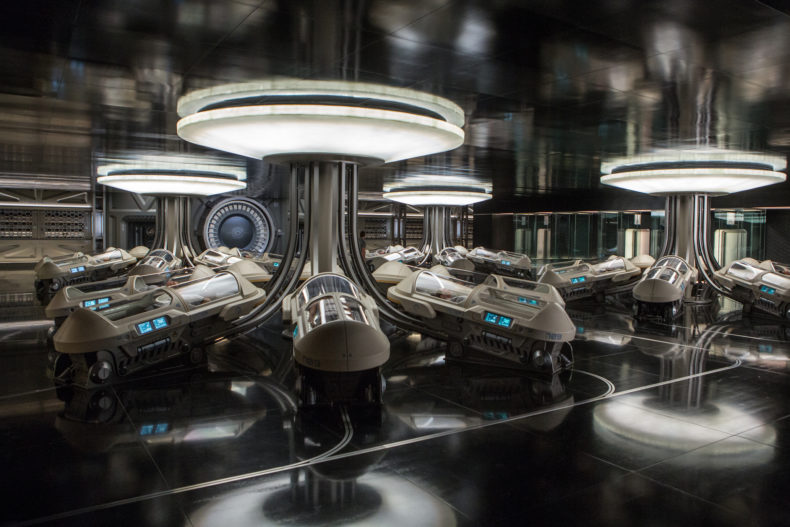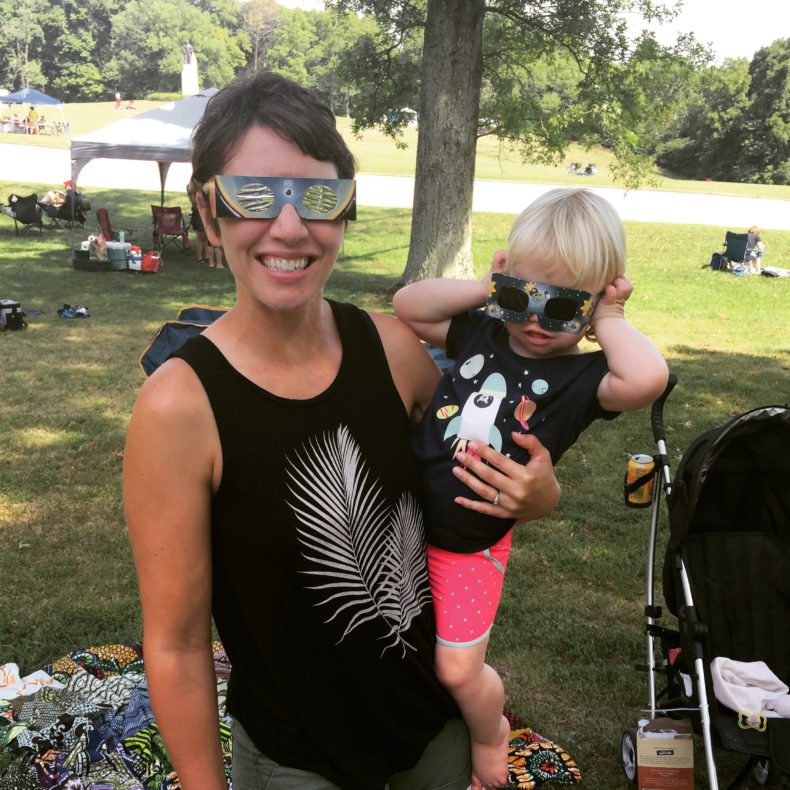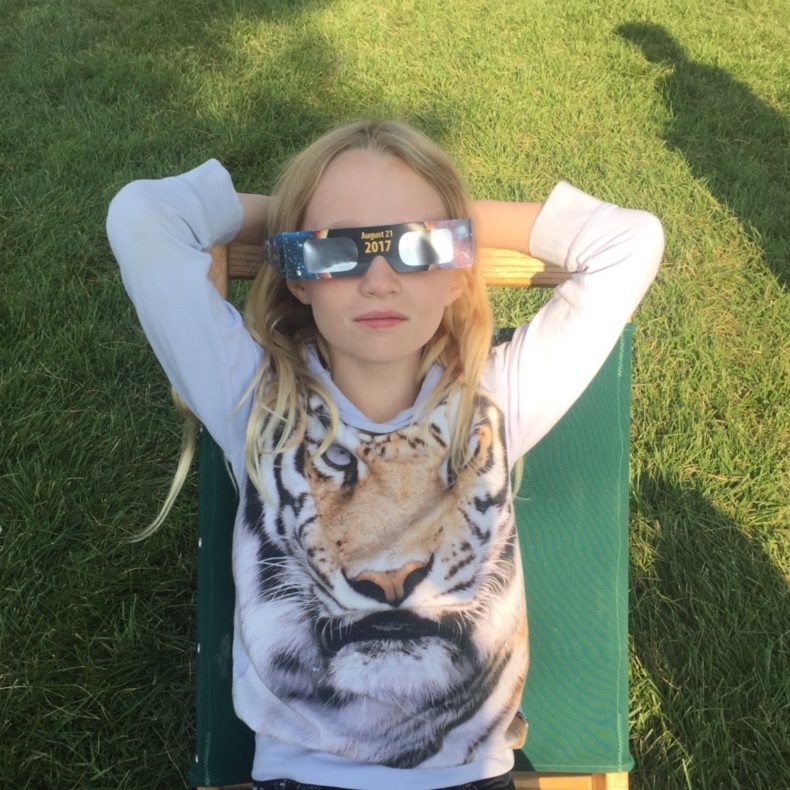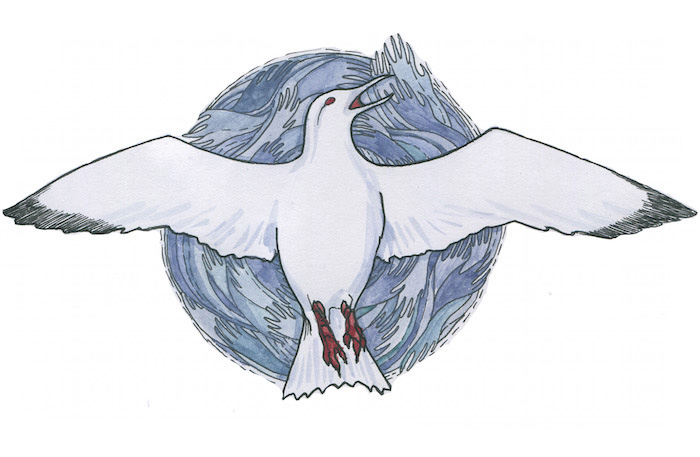
Each morning, when the fog was thin enough to see, I went to the cliffs.
I’d park the white pickup down a grassy ATV trail. Or off the main dirt road on a pullout. Or in the turnaround at the island’s southwesternmost point, where, when the wind was up at sea, waves coming from the south and west slapped together in explosions of spray and sound that I could feel like thunder in my chest.
At most of the sites, I walked below the cliffs, tracing the strip of cobbles between their toes and the surf, watching carefully for fur seals. When asleep, the giant pinnipeds look just like wet, sea-rounded stones; it would not be hard to step on one. More than once I nearly did. The startled seal would heave its fat-rolled body up on its improbably long flippers, arc its improbably small hedgehog head forward, and roar. Startled me would levitate backwards, moving faster than I thought possible across rocks slick with algae.
At a place called High Bluffs, I walked the cliff tops, staring 600 feet down their faces. Hills rolled inland from the island’s steep margins, like their own slow ocean swell, and my pants soaked as I pushed through the waist-high grass that covered them.
Arctic foxes, dark brown with summer, sometimes watched my progress. Their ears poked above the flowers and seedheads, and they coughed out an eerie metronome of barks if I got too close to pups concealed nearby in a den. I loved them best of all, but I didn’t come for the foxes. I didn’t come for the seals, either. I came to Saint Paul for the birds. Continue reading
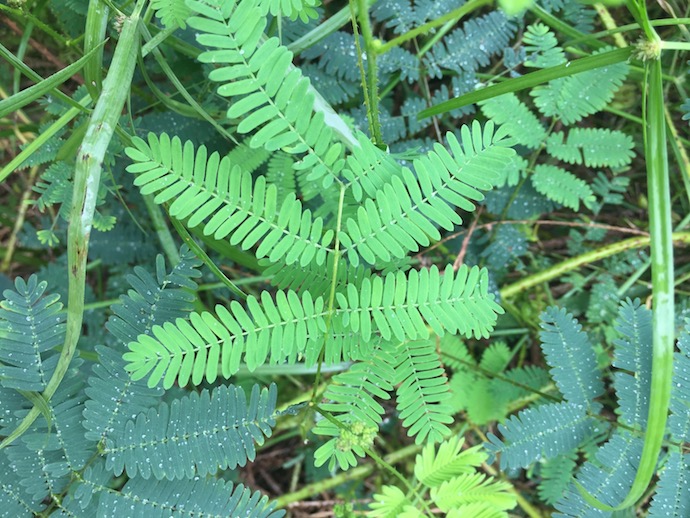 Can plants behave? Can they weigh risk against reward? Do they have personalities? A new study suggests they can and do—and that we’ve missed their complex behavior in part because they live life at such a different pace.
Can plants behave? Can they weigh risk against reward? Do they have personalities? A new study suggests they can and do—and that we’ve missed their complex behavior in part because they live life at such a different pace. 